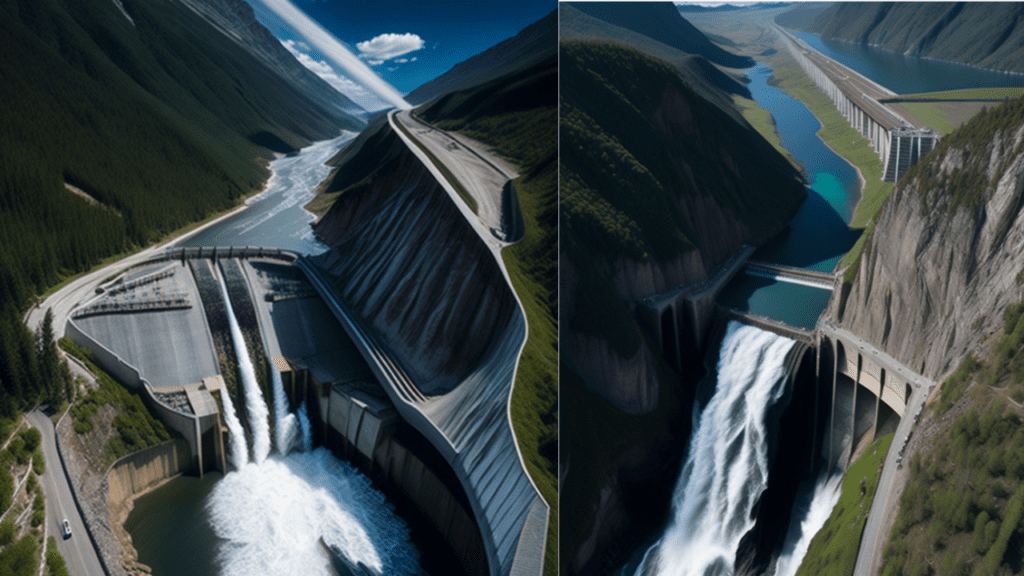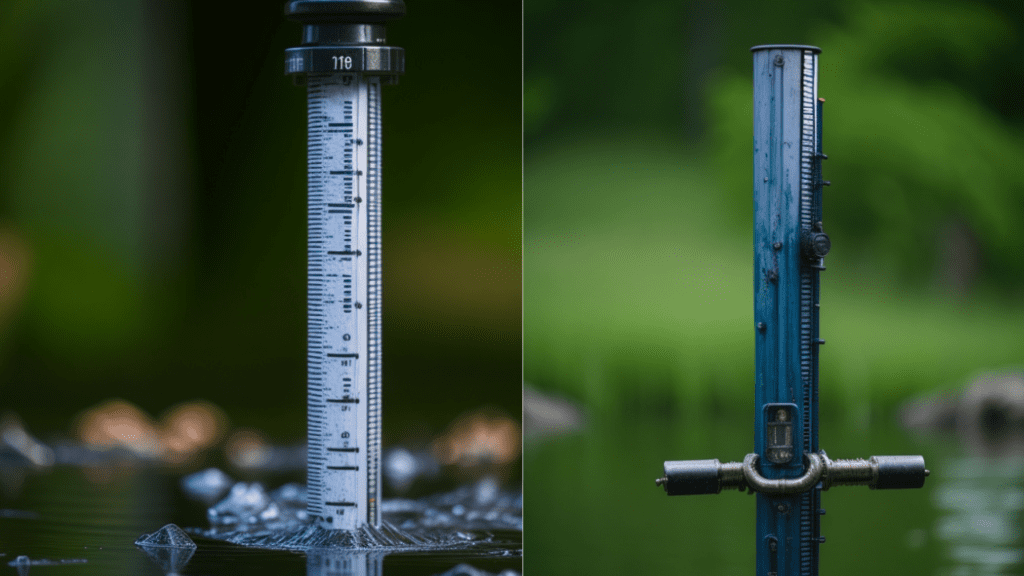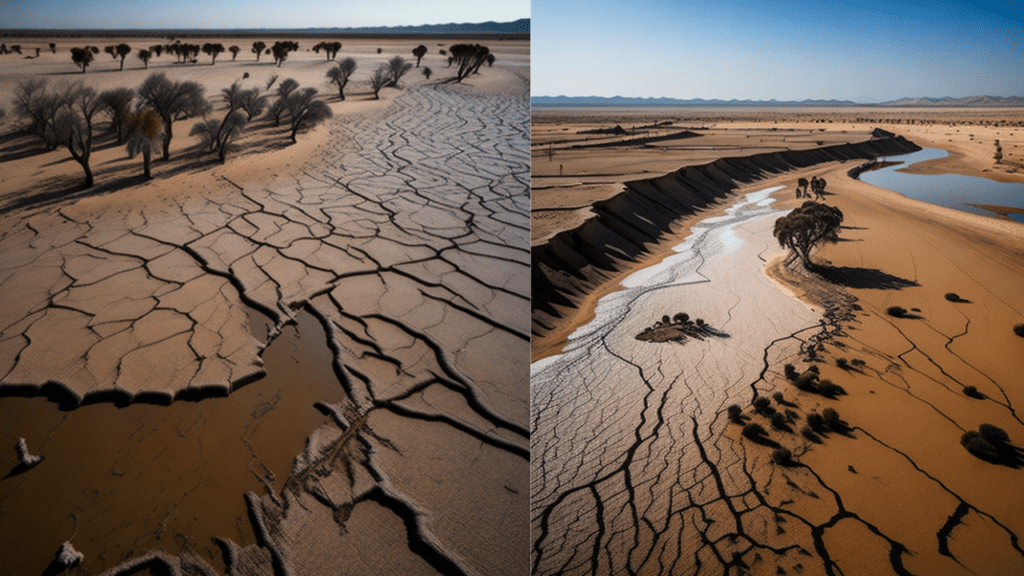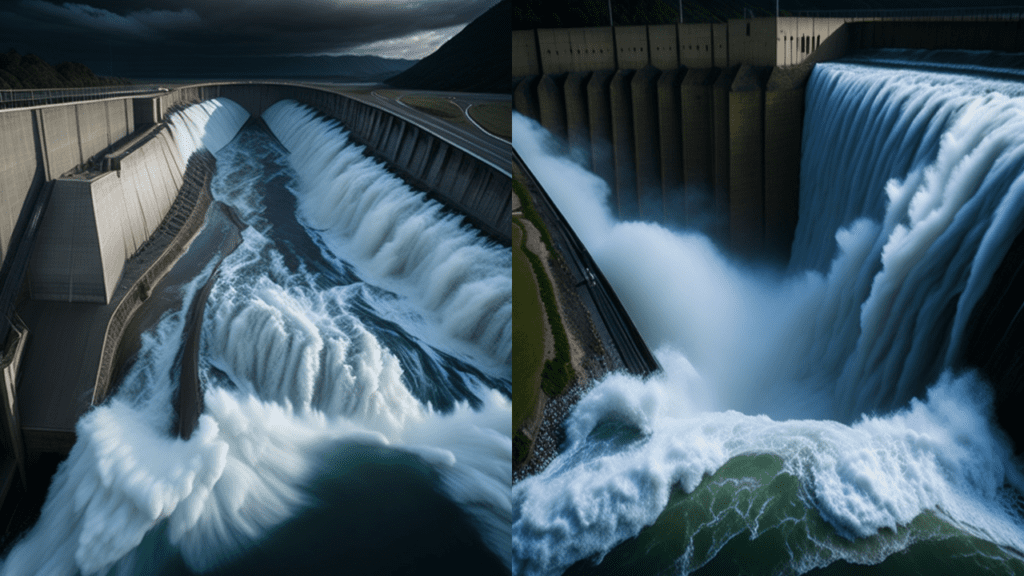Table of Contents
Introduction To Lake Lanier Water Level
Lake Lanier, nestled in the picturesque foothills of the Georgia mountains, is a man-made reservoir that plays a vital role in the life of the communities it serves. With its vast expanse of sparkling waters, it has become a popular destination for recreational activities, such as boating, fishing, and swimming. However, this enchanting lake is not immune to fluctuations in its water level, which can have significant impacts on various aspects of life around it. In this article, we will delve into the factors influencing Lake Lanier’s water level, its consequences, and the strategies employed to manage these fluctuations effectively.
Understanding Lake Lanier
2.1 Location and History
Lake Lanier, named after the renowned poet Sidney Lanier, was formed in 1956 with the completion of Buford Dam on the Chattahoochee River. Spanning over 38,000 acres, the lake serves as a primary water source for several municipalities and supports industries and power generation in the region.
2.2 Importance and Uses
Lake Lanier plays a multi-faceted role, catering to various needs of the surrounding communities. It supplies drinking water to over 5 million people in the Atlanta metropolitan area and ensures a steady flow to meet industrial demands. Additionally, the lake’s hydropower capabilities contribute to the generation of clean energy.
Factors Affecting Water Level
3.1 Precipitation and Runoff

One of the primary factors influencing Lake Lanier’s water level is the amount of precipitation received in its watershed. Rainfall and snowmelt contribute to the inflow, while evaporation and transpiration lead to outflow. Variations in precipitation patterns and seasonal changes directly impact the water level.
3.2 Evaporation and Transpiration
High temperatures and prolonged dry spells contribute to the evaporation of water from the lake’s surface. Transpiration from vegetation around the reservoir also adds to the water loss, especially during hot summers.
3.3 Management Practices
Human intervention in managing the lake’s water level is crucial for ensuring a stable supply. Dam and reservoir operations, including controlled releases, help regulate the water flow to meet various needs while mitigating the risks of flooding.
Impact of Fluctuating Water Levels
4.1 Environmental Impact
The fluctuations in Lake Lanier’s water level can have adverse effects on the surrounding ecosystem. Sudden drops in water levels can disrupt aquatic habitats, affecting fish and other wildlife. Similarly, drastic increases in water levels can cause erosion and damage the shoreline and vegetation.
4.2 Recreational Activities

Lake Lanier’s popularity as a recreational destination relies on a consistent water level. Fluctuations can impact boating access, marina operations, and beach areas, limiting opportunities for water-based leisure activities.
4.3 Water Supply and Hydropower Generation
Fluctuating water levels pose challenges to water supply management, affecting water quality and availability. Moreover, inconsistent water levels can impact the efficiency of hydropower generation, affecting the region’s energy supply.
Management Strategies for Water Level
5.1 Dam and Reservoir Operations

The U.S. Army Corps of Engineers, responsible for managing Buford Dam, follows a comprehensive plan to regulate Lake Lanier’s water levels. Controlled releases during periods of excess water and strategic water storage during dry spells help maintain a stable water level.
5.2 Water Conservation Measures

Community efforts to conserve water play a vital role in managing Lake Lanier’s water level sustainably. Implementing water-saving practices, promoting responsible water use, and investing in efficient irrigation methods all contribute to water conservation.
5.3 Environmental Conservation Efforts
To protect the lake’s ecosystem, various environmental organizations work towards shoreline restoration, wetland conservation, and pollution prevention. These efforts aid in preserving the natural balance and resilience of the lake.
Dealing with Droughts and Floods
6.1 Drought Mitigation

During droughts, water conservation efforts become critical to preserving Lake Lanier’s water level. Implementing water-use restrictions, incentivizing water-saving technologies, and raising public awareness are essential strategies for drought mitigation.
6.2 Flood Control Measures

In times of heavy rainfall, flood control becomes a priority. The dam’s flood control operations ensure the protection of downstream communities and infrastructure while managing the influx of excess water.
The Role of Stakeholders
7.1 Government Agencies
Government agencies, such as the U.S. Army Corps of Engineers and the Georgia Environmental Protection Division, play a central role in managing Lake Lanier’s water level. They enforce regulations, monitor water quality, and collaborate with stakeholders to make informed decisions.
7.2 Community Involvement
Local communities around Lake Lanier actively participate in water conservation initiatives and monitoring efforts. Community engagement is crucial for ensuring the lake’s sustainable management and raising awareness about its importance.
7.3 Environmental Organizations
Non-profit organizations, like the Chattahoochee Riverkeeper, work diligently to safeguard Lake Lanier’s environment. Their advocacy and conservation projects contribute to the lake’s long-term health and protection.
Future Outlook and Challenges
8.1 Climate Change Impact
Climate change poses significant challenges to water resource management. With shifting weather patterns, Lake Lanier may experience more frequent and intense fluctuations in water levels. Sustainable strategies and adaptive measures are essential for the lake’s resilience.
8.2 Sustainable Management

The future of Lake Lanier’s water level depends on sustainable management practices. A balance between meeting human needs and preserving the environment is crucial to ensure the lake’s longevity and prosperity.
Conclusion
Lake Lanier is not just a beautiful recreational spot; it is a lifeline for millions of people and industries. Understanding the factors influencing its water level is vital for its sustainable management. By implementing effective water conservation measures, engaging all stakeholders, and staying prepared for climate change challenges, we can safeguard this precious resource for generations to come.
FAQs
- Q: How does Lake Lanier impact the local economy?
- A: Lake Lanier significantly contributes to the local economy through tourism, recreation, and its role in providing water and hydropower to industries.
- Q: Is Lake Lanier safe for swimming and other water activities?
- A: Yes, Lake Lanier is safe for swimming and water activities. However, it is essential to follow safety guidelines and be aware of water level fluctuations.
- Q: What measures are in place to prevent flooding around Lake Lanier?
- A: The dam’s flood control operations and monitoring systems are in place to prevent flooding downstream during periods of heavy rainfall.
- Q: How can I help conserve water in my community?
- A: You can conserve water by fixing leaks, using water-efficient appliances, and practicing responsible water use in your daily activities.
- Q: What is the best time to visit Lake Lanier for recreational activities?
- A: The best time to visit Lake Lanier for recreational activities is during the warmer months, typically from late spring to early fall.

